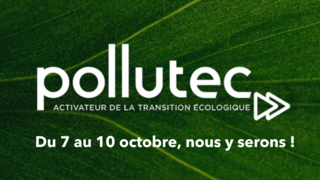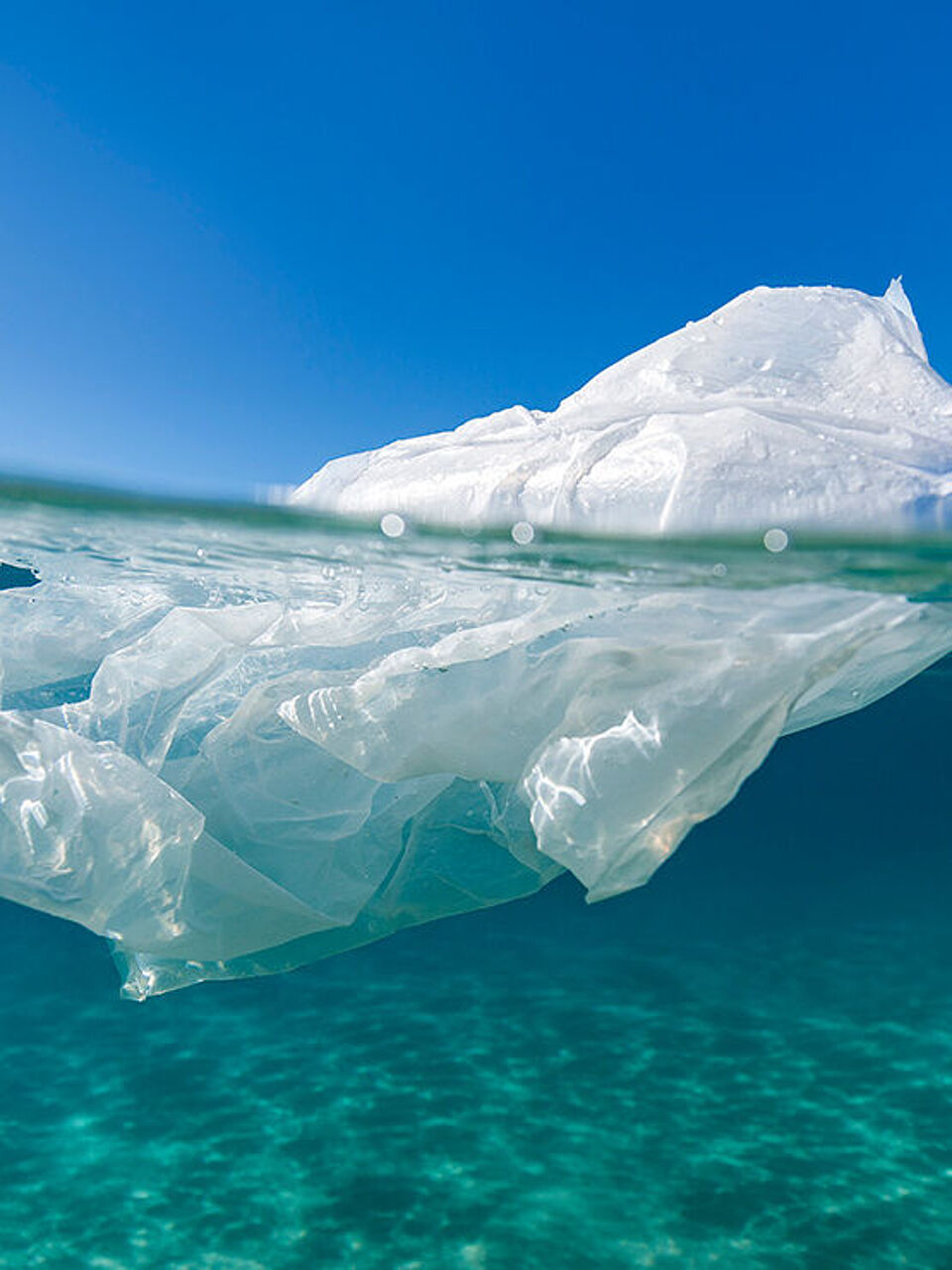
Why should you analyze microplastics?
Microplastics are small plastic particles that are smaller than 5 mm in size. These particles can accumulate in our environment, particularly in the oceans, which can lead to the contamination of our food supply.
What are microplastics?
There are two types of microplastics:
- Primary microplastics: They are intentionally produced at a microscopic size by the industry, such as plastic microbeads in certain detergents and cosmetic products.
- Secondary microplastics: They result from common use (tire abrasion, shedding of synthetic fibers during washing) or from the breakdown of larger plastic items into microplastics.
What are the potential risks to human health?
Microplastics can pose a danger due to potential chemical and biological contaminants that can attach to their surfaces.
Microplastics: What can be analyzed?

- Wastewater, process water, surface water
- Fish,crustaceans
- Soil and sediments
- Compost, sewage sludge
- Food and beverages
- Cosmetics
- Textiles
- Tire abrasion
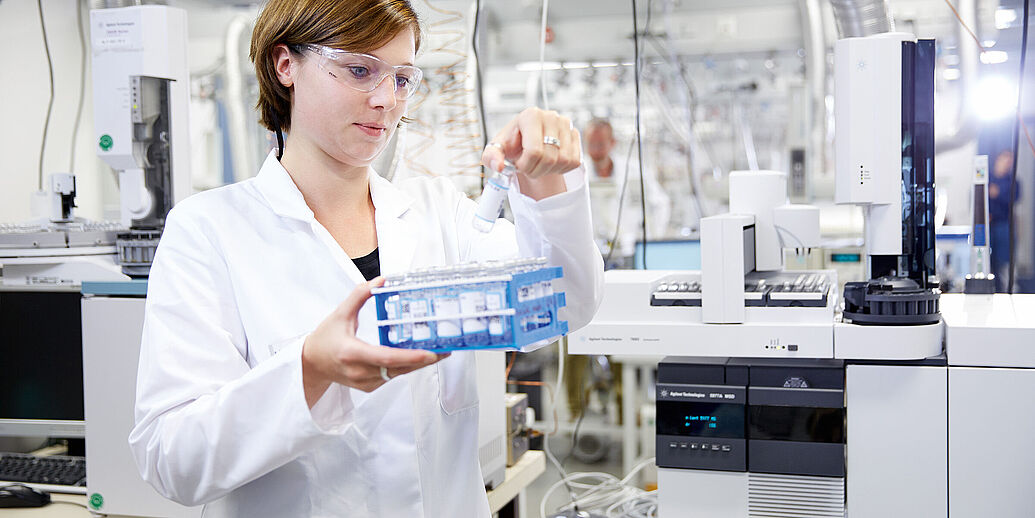
Why analyze microplastics?
Analyzing microplastics in an R&D approach allows, among other things:
- to assess the level of contamination in a matrix or product
- to identify sources of contamination
- to monitor the implementation of reduction procedures
Microplastic analyses can also be carried out for quality and environmental purposes. This is done to ensure good quality for consumers and to offer a product guaranteed to be "microplastic-free," for example.
How are microplastic analyses conducted?
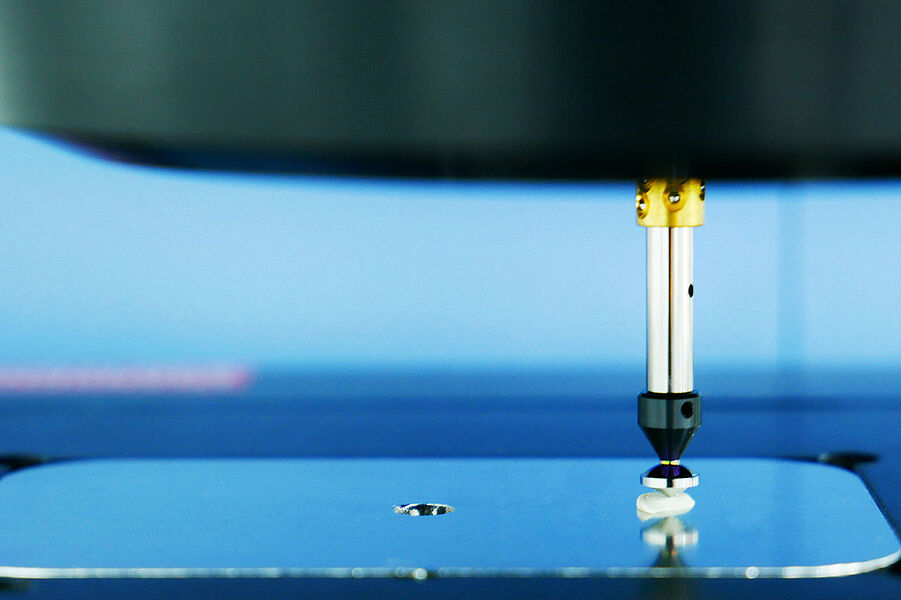
- Complete analysis process from sampling to detection, including sample preparation Microplastic analysis by spectroscopy: FT-IR microscopy and Raman microscopy
- Microplastic analysis by thermal analysis: Pyrolysis GC/MS
- Qualified sampling
- Development of specific analysis methods for different matrices as part of defined projects
Examples of microplastic analysis projects carried out by WESSLING

- Detection of microplastics in major Hungarian rivers by WESSLING
- Detection of microplastics in European rivers by WESSLING
- An environmental manager assesses the quality of watercourses
- A manufacturer determines the impact of sachets on their tea
- A recycling company tests the filtration system of its wastewater
- A wastewater treatment plant monitors the composition of its sludge
- A beer manufacturer verifies the quality of their product
The advantages of working with WESSLING
WESSLING is among the few European laboratories with the necessary expertise and specific equipment to analyze microplastics and nanoplastics in water (drinking water, process water, wastewater, etc.) and sediments, as well as in food products, beverages, and cosmetics.
Your dedicated contact
- Frédéric Jeampierre
- +33 7 56 37 24 99
- frederic.jeampierre@wessling.fr
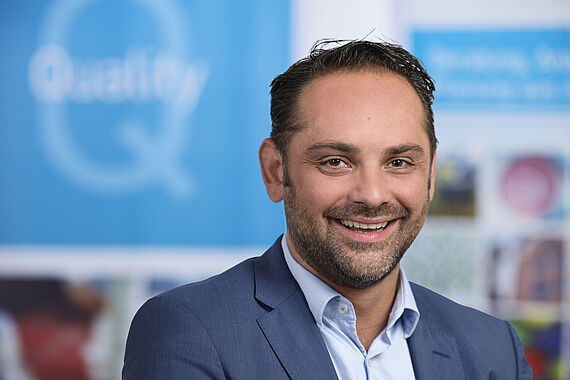
„Contact me directly or fill out the contact form below. I will get back to you!“


